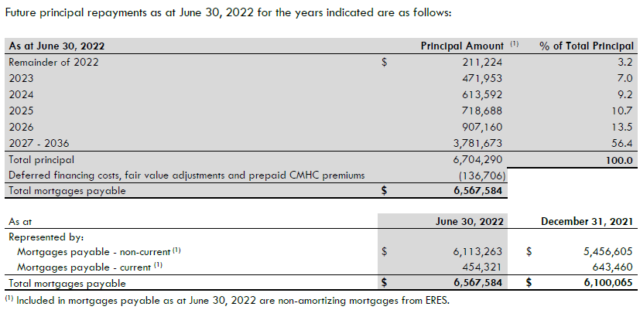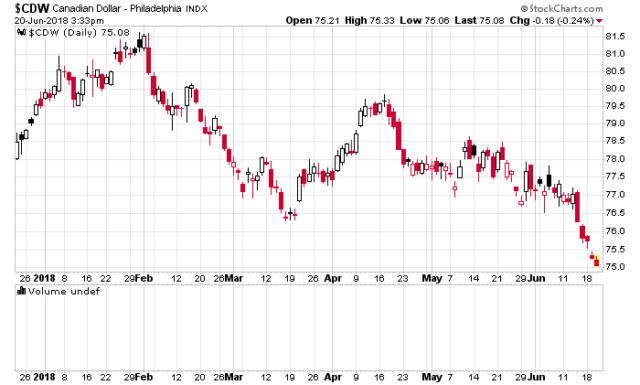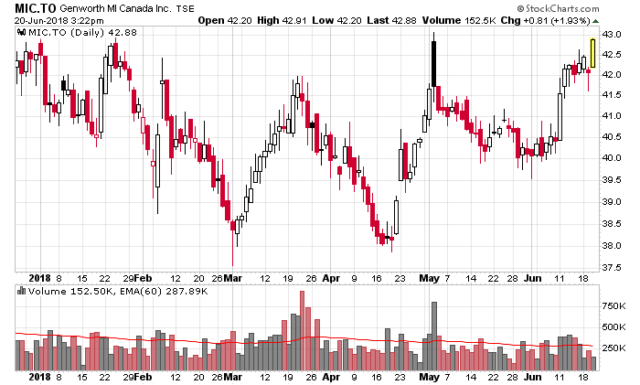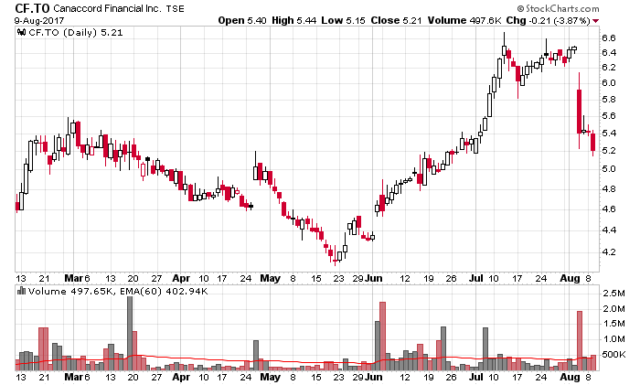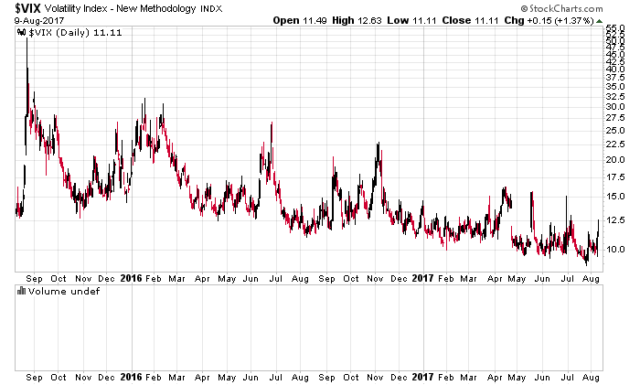I have recently taken a position in Genworth MI (Mortgage Insurance) Canada (TSX: MIC) at around $18/share. Intuitively, it feels so risky that it will hopefully turn out to be a decent trade. The numbers suggest there is a disconnect between its balance sheet value and its market value. A majority of this difference is likely due to MIC being a proxy for the (mis)fortunes of residential Canadian real estate. The second reason, and in my opinion, the more powerful reason, is because MIC is 57% owned by Genworth Financial (NYSE: GNW), a US firm that has had financial difficulty primarily due to the collapse in the USA real estate market, the softening of the Australian real estate market, and life insurance pricing issues.
Since MIC is a very profitable unit of GNW, it would fetch a handsome price in a liquidation sale and be able to buffer GNW with a considerable amount of liquidity – even at current depressed values, 57% of MIC is a billion dollars, nothing GNW’s market cap is about $2.6 billion.
MIC itself was “forced” public due to the imminent insolvency of GNW, and this was completed on July 2009 just as the fallout of the financial crisis was coming to a close (but not so apparent at that time). MIC’s IPO price was $19/share. The stock has traded as high as $28/share.
I tried reviewing GNW, and did not feel comfortable with the precision of my end-valuation. On paper it looks like a better investment than MIC (especially when considering the embedded value of MIC itself within GNW). MIC’s industry, however, is quite narrow and well defined, which means that the risk side of the equation could be narrowed considerably. I can explain exactly what product they deal with, how it is priced, and how they can make or lose money. In addition, there is a bit more intuition that can be applied with the analysis simply because of its exclusively Canadian-centric business model, and the product it deals in.
MIC is also likely being dumped because of concerns regarding the Canadian residential real estate market. If the markets did perceive risk in real estate valuations, you would at see some REITs trading equivalently. An example proxy for non-single family housing residential real estate would be Canadian Apartment Properties REIT (TSX: CAR.UN) which has shown little signs of a breakdown in their share price. There have been plenty of concerns about the valuation of real estate in Canada, including from yours truly, to the point where it is “common knowledge” that places like Vancouver are woefully overvalued.
Common knowledge (in this case, an imminent compression of real estate prices) means that such knowledge is baked into the market price, if not more. The unexpected surprise is if Canada maintains the level of real estate valuation.
Short interest is around 750,000 shares at the moment, which is not excessively high, but does represent about 8 days worth of volume.
You can buy the whole company at present market values at CDN$1.73 billion. Inspecting the balance sheet we have the following:
– Book value, ex-intangibles and goodwill: CDN$2.55 billion (approx. $25.80/share);
– Portfolio of $4.24 billion plus $0.73 billion in government-guarantee fund; portfolio mainly invested in A-AAA securities, duration 3.7 years, yield 4.5%;
– $268.7 billion of insurance in force.
The current trailing combined ratios have been ridiculously below 100%, which means that as long as the existing regime of residential estate continues (i.e. people continue paying their mortgages), they will continue chipping away at their unearned premiums ($1.756 billion, less loss reserves). As mortgages continue to amortize principal, the likelihood of default decreases.
The big “if” for this company, of course, is whether Canadians start defaulting on their mortgages en masse. As much as I hate to invoke Canadian exceptionalism into the argument, the reason why I suspect Canada is less vulnerable to what happened in the USA is due to the fact that mortgages are (in most, but not all cases) full-recourse, which gives a significant disincentive toward performing a strategic default. This prevents people from turning their real estate purchases into call options, something that happened all too frequently in the USA.
Even if we see underwater mortgages in Canada, as long as those people are employed and earning an income, they will continue paying mortgages. It is much more ingrained in the culture here than it was in the USA.
There is vulnerability in MIC’s involvement in the Calgary and Montreal markets – a disproportionate amount of past losses came from Alberta from the insurance that was written in 2007 (noting that the subsequent couple years their property market bubble burst).
There is of course the issue of the Vancouver real estate market – widely speculated to be massively over-valued. I note that according to an investor presentation that their average insurance home is $446,000 vs. the average of $774,000. I would suspect that the majority of insured product in Vancouver resulted from 5% downpayments on condominium units, and since condominiums would exhibit more price fluctuation you would presume the risk of default is higher, especially from investor-types.
Putting a long story short, if there is a 10-20% compression in real estate prices, MIC should still be good. If it is anything more than 20%, then the company (in addition to a lot of other industry players) will run into a danger zone.
Management did make a negative shareholder value decision to do a share repurchase on June 2011 by eating $160 million of equity by buying 6.1 million shares at $26/share. Since then I think they have realized they will be a little more conservative with leveraging decisions. This was also somewhat reinforced by S&P recently changing from A- (positive) to A- (stable).
Insider sentiment is slightly positive – there has been small insider purchases, but significantly, no selling in 2012. That said, one should strongly consider Genworth’s interests before investing in MIC – I generally believe there is alignment with minority shareholders with the parent as I do not see any moves by the parent to leech value from its subsidiary.
The recent changes in mortgage insurability by the federal government will slow down underwriting business. That said, a 5% down payment and a 25-year amortization rate will still incur a 2.75% charge.
As people continue paying down their mortgages, the loan-to-value ratio will slip lower as principal is being paid off. There is a chart on a June investor presentation which has the following (year-LTV):
2011 : 90%
2010 : 85%
2009 : 78%
2008 : 76%
2007 : 71%
2006 : 60%
2005 and before : 39%
Entire portfolio: 53%
The summary is that if the company performs to a 100% combined ratio (which is substantially less than what they have been doing, 50% in 2010 and 53% in 2011), effectively you are purchasing a short term duration bond fund that holds about $5 billion in securities, for the price of $1.8 billion. The risk is ultimately if there is a blow-up in the residential real estate market that would cause a sustained 2008-2009 financial crisis style meltdown of prices. I believe the market is currently pricing MIC as if we will receive a downtown that is not as bad as 2008-2009, but something relatively severe.
Basically if the market doesn’t implode, shareholders of MIC can probably realize 50% appreciation or so just on book value alone, not including earnings potential on a less than 100% combined ratio. The big catalyst would be a sellout of the company (I suspect Genworth would be happy to take book value in a cash buyout at this point), but the other catalyst would be an increasing realization that the Canadian real estate market is not going to implode. You would think REITs would be a better leading indicator of this occurring.
Finally, although this is not a relevant investing factor, the company does give out a quarterly dividend of $0.29/share at present. At the $17.50 present price, this is a 6.6% current yield.
The recent price action of this stock since April looks horrible – it has been on a continual slide from $22/share to $17.50 presently. Some institution is slowly dumping supply on the market and not too many are there to pick it up on the bid and hence, the price continues dropping. At some point the discount to book value, combined with the underlying operation’s profitability, will serve to be a floor to the stock price as long as there is not a US-style blowup in Canada.

